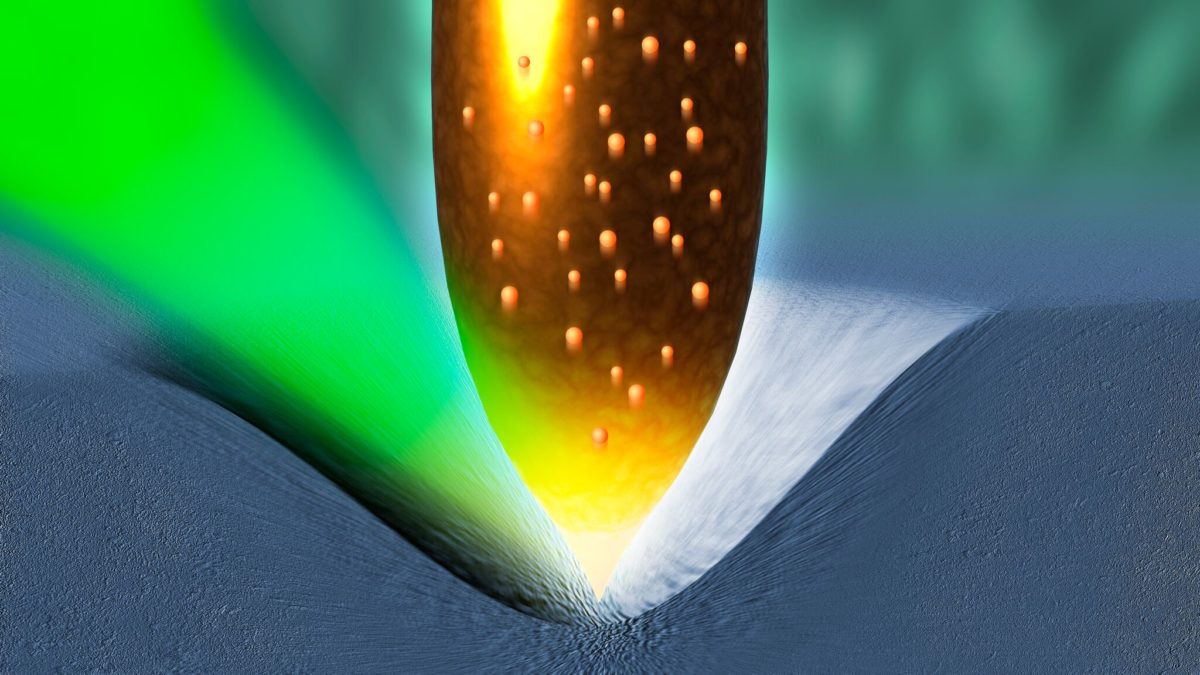A discovery, which scientists have dubbed ‘The Flexo-Photovoltaic Effect’, could push more power out of solar cells by deforming individual crystals of semiconductor materials, causing them to exhibit the bulk photovoltaic effect.
This effect occurs in certain types of semiconductor, where imperfect symmetry around a central point allows for the generation of a voltage larger than the material’s bandgap.
Materials known to exhibit this effect have very low conversion efficiencies. However, in a study published in the journal Science, titled The Flexo-Photovoltaic Effect, scientists from the University of Warwick’s Department of Physics describe a method for manipulating more efficient materials, and altering their structure so that they exhibit the bulk photovoltaic effect.
The team used conductive tips from atomic force microscopy devices to push the semiconductors into a new shape, squeezing and deforming the individual crystals to create a non-centrosymmetric structure.
The researchers worked with crystals of strontium titanate, titanium dioxide and, crucially, silicon, finding that all three could be deformed in a way that caused them to exhibit the bulk photovoltaic effect.
“Extending the range of materials that can benefit from the bulk photovoltaic effect has several advantages: it is not necessary to form any kind of junction; any semiconductor with better light absorption can be selected for solar cells, and finally, the ultimate thermodynamic limit of the power conversion efficiency, so-called Shockley-Queisser Limit, can be overcome,” explains the University of Warwick’s Professor, Marin Alexe.
“There are engineering challenges but it should be possible to create solar cells where a field of simple glass based tips (a hundred million per cm2) could be held in tension to sufficiently de-form each semiconductor crystal.”
This content is protected by copyright and may not be reused. If you want to cooperate with us and would like to reuse some of our content, please contact: editors@pv-magazine.com.




This very interesting